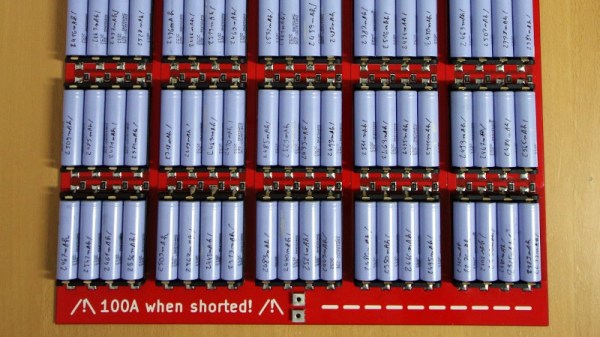There’s a bowling revolution in play, and not all bowlers are willing participants. In fact, a few are on strike, and it’s all because bowling alleys across America are getting rid of traditional pinsetting machines in favor of a string-based system.
In hindsight, it seems obvious to this American: attach strings to the tops of bowling pins so they can be yanked upward into holes that settle down the action so that the pins can be reset. In fact, European bowling “houses” have used string pinsetters for decades, instead of lumbering machinery that needs regular maintenance and costs several thousand dollars a month to maintain.
Continue reading “Bowling With Strings Attached: The People Are Split”













